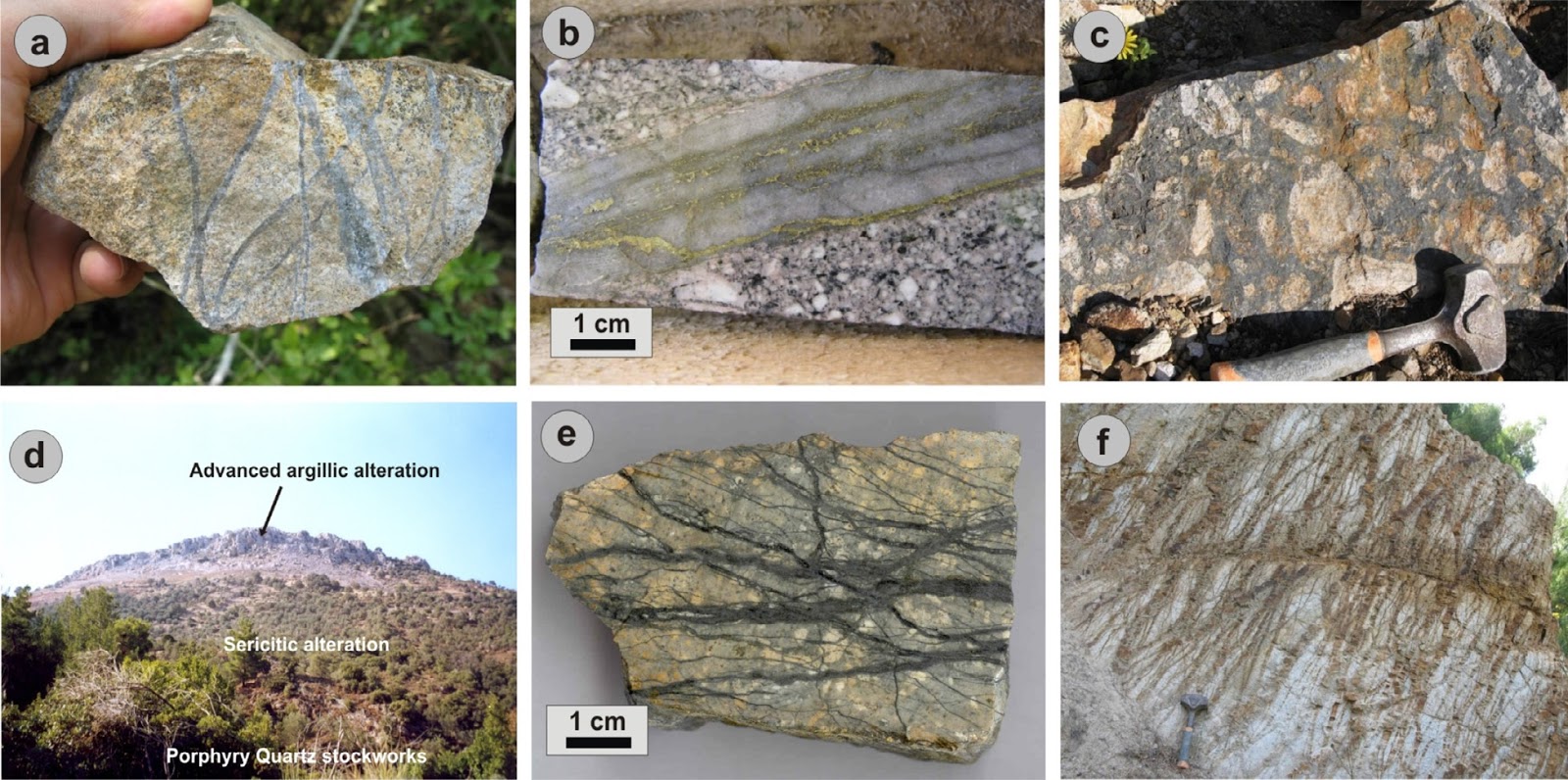
By professors Vasilios Melfos and Panagiotis Voudouris
The Cenozoic metallogeny in Greece includes numerous major and minor hydrothermal mineral deposits, associated with the closure of the Western Tethyan Ocean and the collision with the Eurasian continental plate in the Aegean Sea, which started in the Cretaceous and is still ongoing.
Mineral deposits formed in four main periods: Oligocene (33–25 Ma), early Miocene (22–19 Ma), middle to late Miocene (14–7 Ma), and Pliocene-Pleistocene (3–1.5 Ma).
These metallogenic periods occurred in response to slab-rollback and migration of post-collisional calc-alkaline to shoshonitic magmatism in a back-arc extensional regime from the Rhodopes through the Cyclades, and to arc-related magmatism along the active south Aegean volcanic arc. Invasion of asthenospheric melts into the lower crust occurred due to slab retreat, and were responsible for partial melting of metasomatized lithosphere and lower crustal cumulates.

 Loading…
Loading…
These geodynamic events took place during the collapse of the Hellenic orogen along large detachment faults, which exhumed extensive metamorphic core complexes in mainly two regions, the Rhodopes and the Cyclades. The detachment faults and supra-detachment basins controlled magma emplacement, fluid circulation, and mineralization.

Porphyry and epithermal deposits are commonly associated with extensive hydrothermal alteration halos, whereas in other casesalteration is of restricted development and mainly structurally controlled. Porphyry deposits include Cu-Au-, Cu-Mo-Au-Re, Mo-Re, and Mo-W variants. Epithermal deposits include mostly high- and intermediate-sulfidation (HS and IS) types hosted in volcanic rocks, although sedimentary and metamorphicrock hosted mineralized veins, breccias, and disseminations are also present.The most significant mineralization styles comprise porphyry, epithermal, carbonate-replacement, reduced intrusion-related gold, intrusion-related Mo-W and polymetallic veins.
Finally hundreds of polymetallic veins hosted by metamorphic rocks in the Rhodopes and Cyclades significantly add to the metal endowment of Greece.
